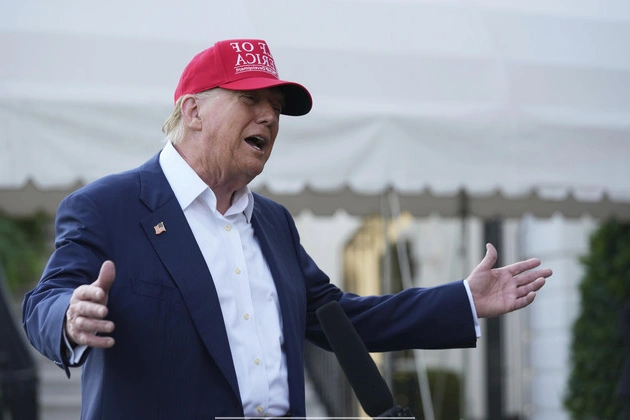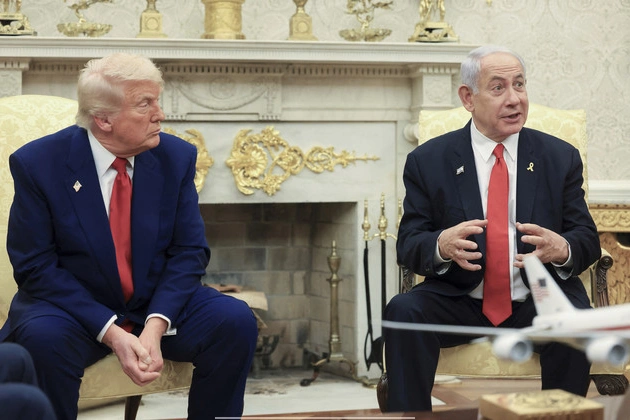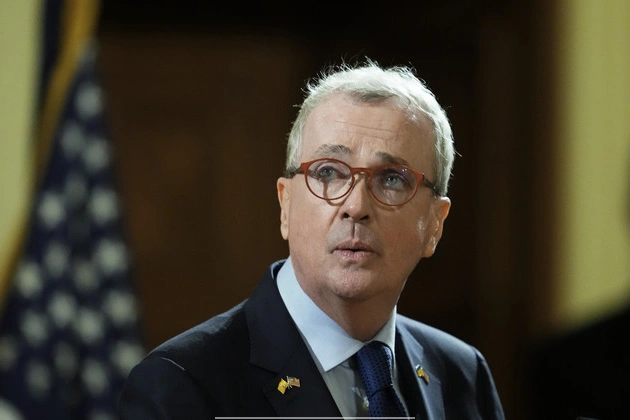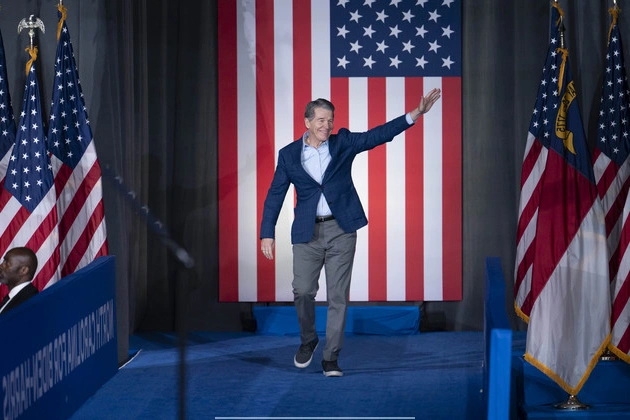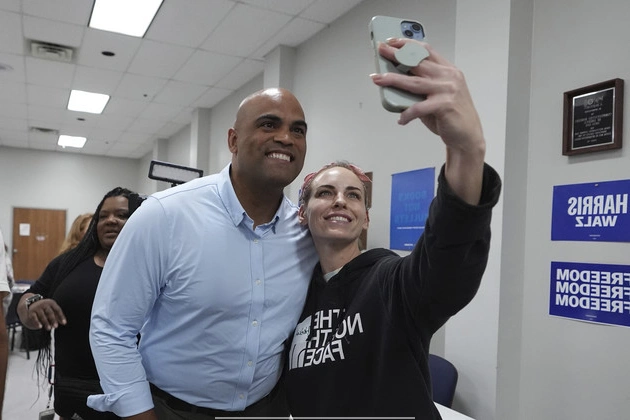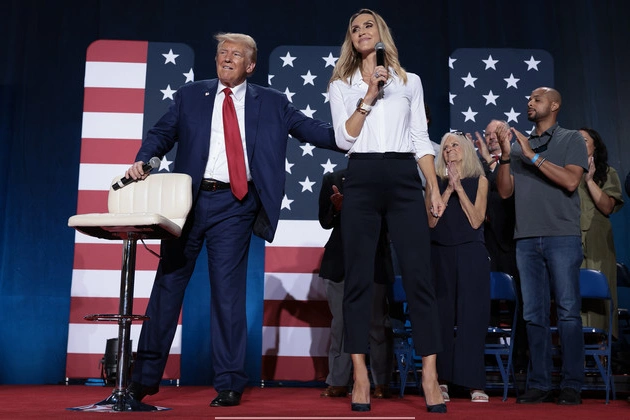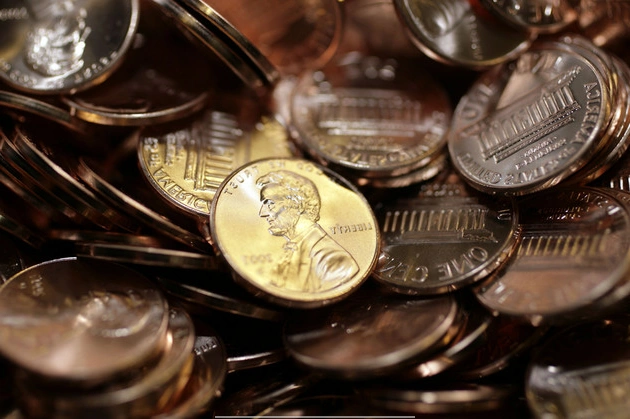
The Treasury Department has officially announced its plan to phase out the production of the penny, aligning with President Donald Trump’s directive to discontinue the one-cent coin after over two centuries of circulation.
A spokesperson from the Treasury revealed that the agency has recently placed its final order of penny blanks, signaling the gradual halt of penny manufacturing by the U.S. Mint until the existing supply is depleted.
Immediate Cost Savings and Historical Context
Anticipating significant cost reductions, the Mint foresees an annual saving of $56 million as a direct outcome of ceasing penny production, as confirmed by the Treasury.
Since its inception in 1793, the U.S. Mint has circulated approximately 114 billion pennies, reflecting the coin’s enduring presence in everyday transactions.
Rising Production Costs and Legislative Response
Recent data from the U.S. Mint’s annual report to Congress indicates a 20% surge in the cost of producing a penny, reaching 3.69 cents per unit in the 2024 fiscal year. Similarly, the production cost of a nickel escalated to 13.78 cents, prompting strategic evaluations within the Treasury.
Treasury Secretary Scott Bessent has initiated discussions on potentially altering the nickel’s composition to reduce costs below the current 5-cent threshold, while affirming the profitability of the dime.
Transition and Legislative Measures
The phased discontinuation of the penny is expected to prompt adjustments in cash transactions, likely necessitating rounding to the nearest five cents. Treasury Secretary Bessent advocates for rounding down in these transactions, aiming for smoother transitions.
The Wall Street Journal previously reported on the Treasury’s intention to gradually cease penny production, aligning with broader bipartisan efforts in Congress to address the coin’s financial implications.
Legislators such as Sens. Mike Lee and Jeff Merkley, as well as Reps. Lisa McClain and Robert Garcia, have introduced bills advocating for the cessation of penny minting, signaling a unified approach across party lines.
Senators Cynthia Lummis and Kirsten Gillibrand have further bolstered these efforts by introducing companion legislation in the Senate, emphasizing the bipartisan nature of the initiative.






